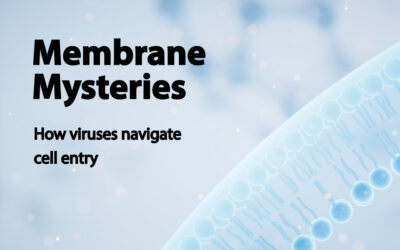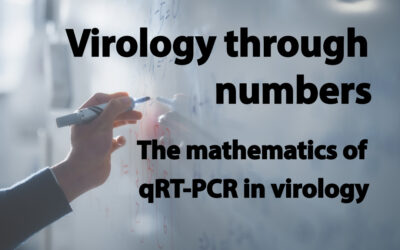Every day, our bodies face an invisible war – one waged against viruses, bacteria, and other microbial threats. At the heart of this battle is the immune system: a complex, adaptive network that defends us with precision and memory. Far from being a simple protective barrier, it’s an intelligent ecosystem that detects, decides, and remembers.
Two Arms, One Purpose: Innate and Adaptive Immunity
The immune system is traditionally divided into two branches – innate and adaptive – each playing a unique role in protecting the body.
- Innate Immunity is the body’s first responder. It reacts quickly and broadly, using physical barriers (like the skin and mucous membranes) and cellular defenders, such as macrophages, neutrophils, dendritic cells, and natural killer (NK) cells. These cells recognize common molecular patterns found in pathogens – known as PAMPs – and trigger immediate responses. Even non-professional defender cells, such as epithelial and endothelial cells, can recognize certain PAMPs, contributing early to the immune response by activating antiviral signalling pathways and releasing antimicrobial molecules and cytokines.
- Adaptive Immunity, in contrast, is slower to react but much more targeted. Specialized lymphocytes – B cells and T cells – recognize specific antigens and “remember” them. B cells produce antibodies that neutralize pathogens, while T cells either kill infected cells or regulate the immune response to prevent overreaction.
These two systems don’t operate in isolation. Innate immune cells help shape and direct adaptive responses by releasing cytokines and presenting antigens to T cells – a crucial handoff that defines the overall effectiveness of the immune response.
A Coordinated Defense: Cells and Signals at Work
The immune system is more than just individual cell types – it’s an orchestrated network of interactions. Some of the key players include:
- Dendritic cells, which act as sentinels and communicate the presence of pathogens to the adaptive system via MHC molecules.
- CD4⁺ Helper T cells, which specialize into different subtypes (like Th1, Th2, Th17, or Treg) depending on the type of threat, guiding the rest of the immune response accordingly.
- CD8⁺ Cytotoxic T cells, which patrol tissues and kill infected or abnormal cells using precision mechanisms like perforin and granzyme.
- B cells, which not only produce antibodies but also help present antigens and secrete cytokines that support immune coordination.
- Cytokines and chemokines, small proteins that act as messengers, helping immune cells communicate, travel to infection sites, and regulate inflammation.
Immunological Memory: Learning from Experience
One of the most powerful features of the adaptive immune system is memory. Once the body encounters a pathogen, it stores a long-term record in the form of memory B and T cells. Upon re-exposure, the immune system reacts faster and stronger – the foundation for how vaccines work.
Even the innate immune system may have its own kind of memory. Research into “trained immunity” shows that certain innate cells can undergo epigenetic changes, enabling them to respond more vigorously the second time around. This discovery is reshaping how we think about long-term immune protection.
Fighting Viruses: A Special Kind of Challenge
Viruses are particularly tricky opponents. They don’t just invade the body – they hijack host cells, hiding from the immune system and using our own biology to replicate.
The immune system rises to this challenge in multiple ways:
- Innate antiviral defenses rely heavily on type I interferons (IFN-α and IFN-β). These proteins signal nearby cells to enter an antiviral state and activate NK cells to destroy infected targets.
- Intracellular sensors like RIG-I and MDA5 detect viral RNA and trigger interferon production early in infection.
- Adaptive responses follow soon after. CD8⁺ T cells recognize virus-infected cells by scanning for viral antigens presented on MHC class I molecules – and eliminate them. B cells produce antibodies that block viruses from entering cells, neutralize circulating virions, and tag pathogens for destruction.
However, viruses fight back. Many have evolved ways to evade or suppress immune responses – like reducing MHC expression or producing proteins that block interferon signals. These immune evasion tactics are a central focus in virology research and critical to developing effective antiviral therapies.
Why It Matters for Virology Research
Understanding immune mechanisms isn’t just academic – it’s foundational for developing better vaccines, immunotherapies, and viral diagnostics.
At Virology Research Services, our antiviral screening platforms evaluate your compounds against live viruses in cellular models that reflect true immune dynamics:
- Air-Liquid Interface (ALI) cultures that accurately mimic respiratory epithelium for respiratory viruses
- 3D organoids derived from primary human tissues that recapitulate organ-specific immune responses
The immune system is elegant, complex, and constantly evolving – and so are the viruses it defends against. The more we learn about both, the better we can design targeted, lasting solutions.
Accelerate Your Programme
Get in touch with our scientists today and get a tailored assay plan in 48 hours.




